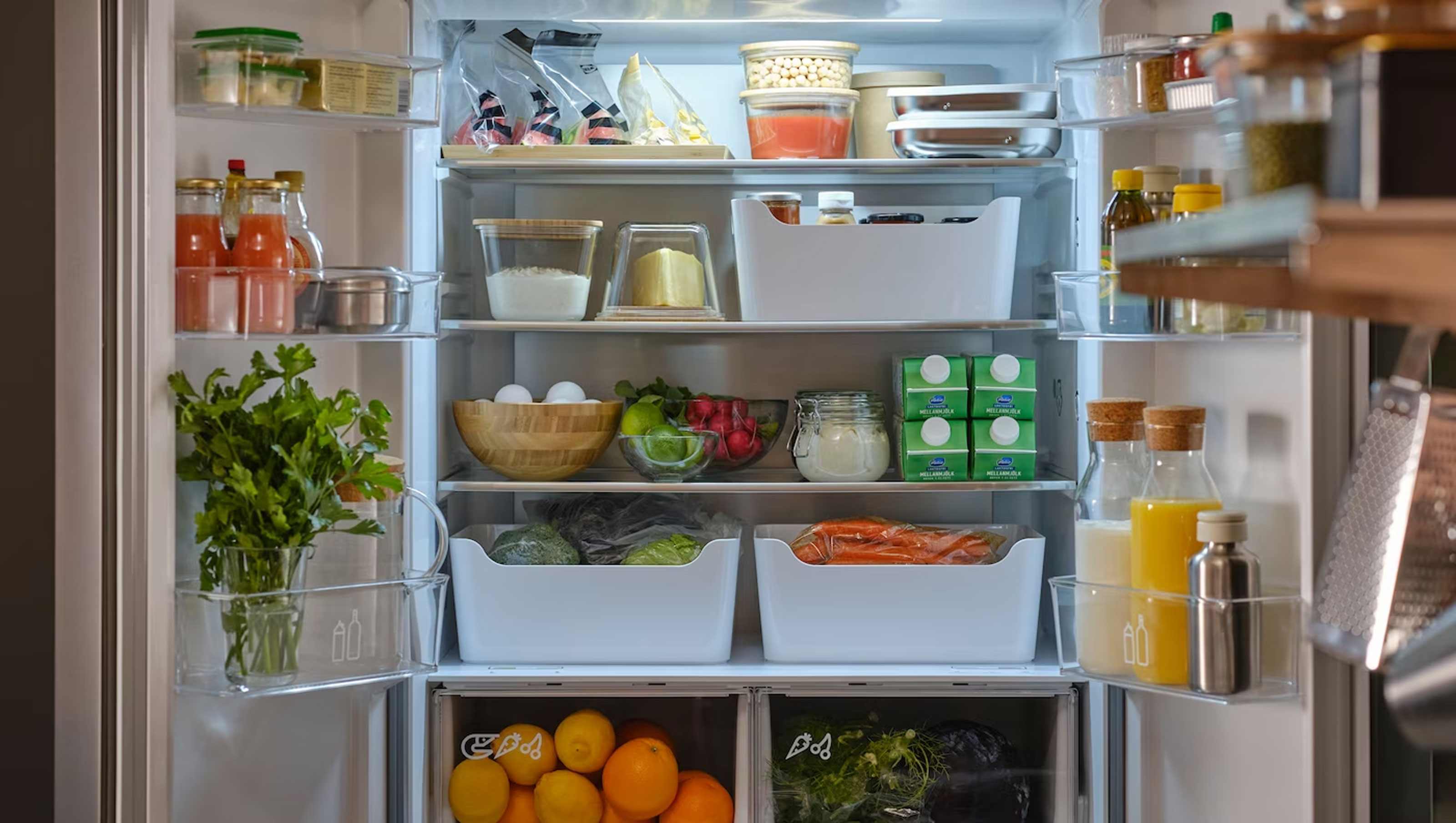
Are you the sort of person who has a beautifully organized fridge, or just the sort of person who wishes they did? While there's undoubtedly more to life than perfectly arranging your groceries, a fridge where everything has its place can make it easier to cook, avoid food waste and maybe even give you a little peace of mind every time you open the door.
When it comes to how to organize a fridge, it may feel fun for you, or it may feel like a mundane and arduous task to undertake, But wouldn't it be nice to be referred to as ‘the one with the organized fridge’? The problem is, if it doesn't come naturally to you, you may be making some rookie mistakes that are making your fridge more cluttered and difficult to use.
We asked the professionals for their top tips on what to avoid doing to get our fridges into the best possible shape and keep it that way.
1. Put leftovers in unidentified

Leaving leftovers unidentified soon becomes forgotten and wasted as they get pushed to the back of the fridge.
‘Labeling leftovers with the date and contents ensures they're used before they spoil, promoting efficiency and reducing food waste,’ says Karina Toner, Operations Manager at Spekless Cleaning.
2. Delay regular maintenance
People with good kitchen organization make it a habit to regularly clean and declutter their refrigerators. Postponing this can lead to a disorganized and less sanitary environment where unused, expired foods go to waste.
Founder of Let your Space Bloom, Amy Bloomer suggests a systematic approach, ‘Clean out your fridge at the beginning of each season and after major food-centric holidays. This keeps space available and ready to receive the tastes of the new season.’
3. Use bulky and mismatched containers
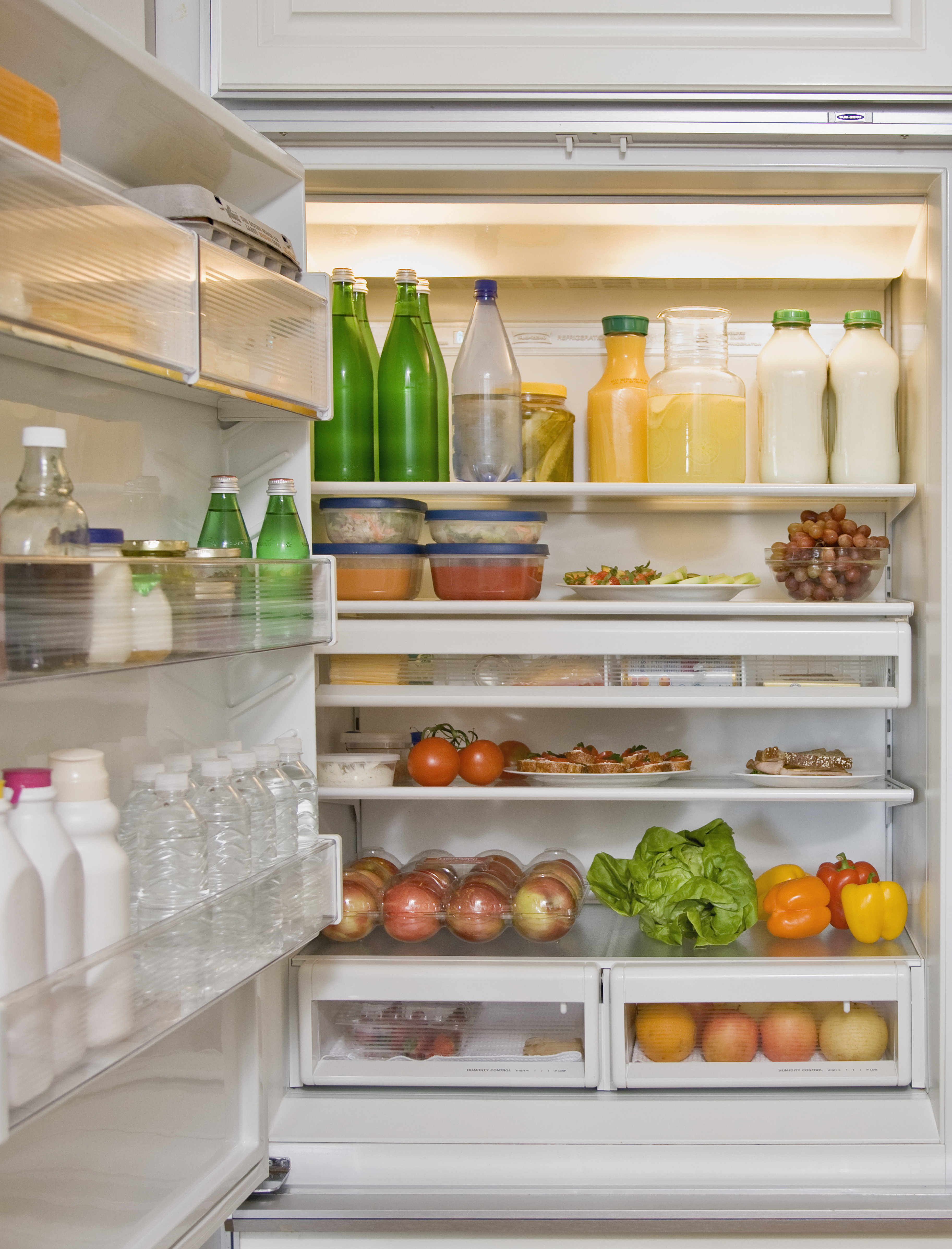
Mismatched and bulky containers take up unnecessary space in the fridge, making it harder to organize items effectively. ‘Opting for uniform, space-saving containers maximizes fridge space and improves accessibility to stored items,’ says Karina. Consider stackable containers, like these from Walmart, to make use of the vertical space better.
Never underestimate the quality of the containers — poor quality can lead to spills, odors and wasted space. ‘While organizers can be helpful, using too many or oversized organizers can create a cluttered look. Organized individuals use kitchen organizers effectively, choosing ones that optimize space without overcrowding,’ advises Heather Aiello CEO and Founder of The Organized You.
4. Hoard jars
Letting condiments pile up beyond necessity is easy to let happen, yet takes up valuable space and leads to overcrowding in the fridge and duplicate purchases. This often is how forgotten and expired condiments tend to pile up in the fridge.
Karina recommends regularly decluttering and organizing condiments to ensure there's enough room for essential items and reduces clutter. ‘People with organized fridges resist the urge to accumulate unnecessary items, minimizing visual chaos and ensuring a streamlined appearance,' adds Heather.
5. Stray from zones
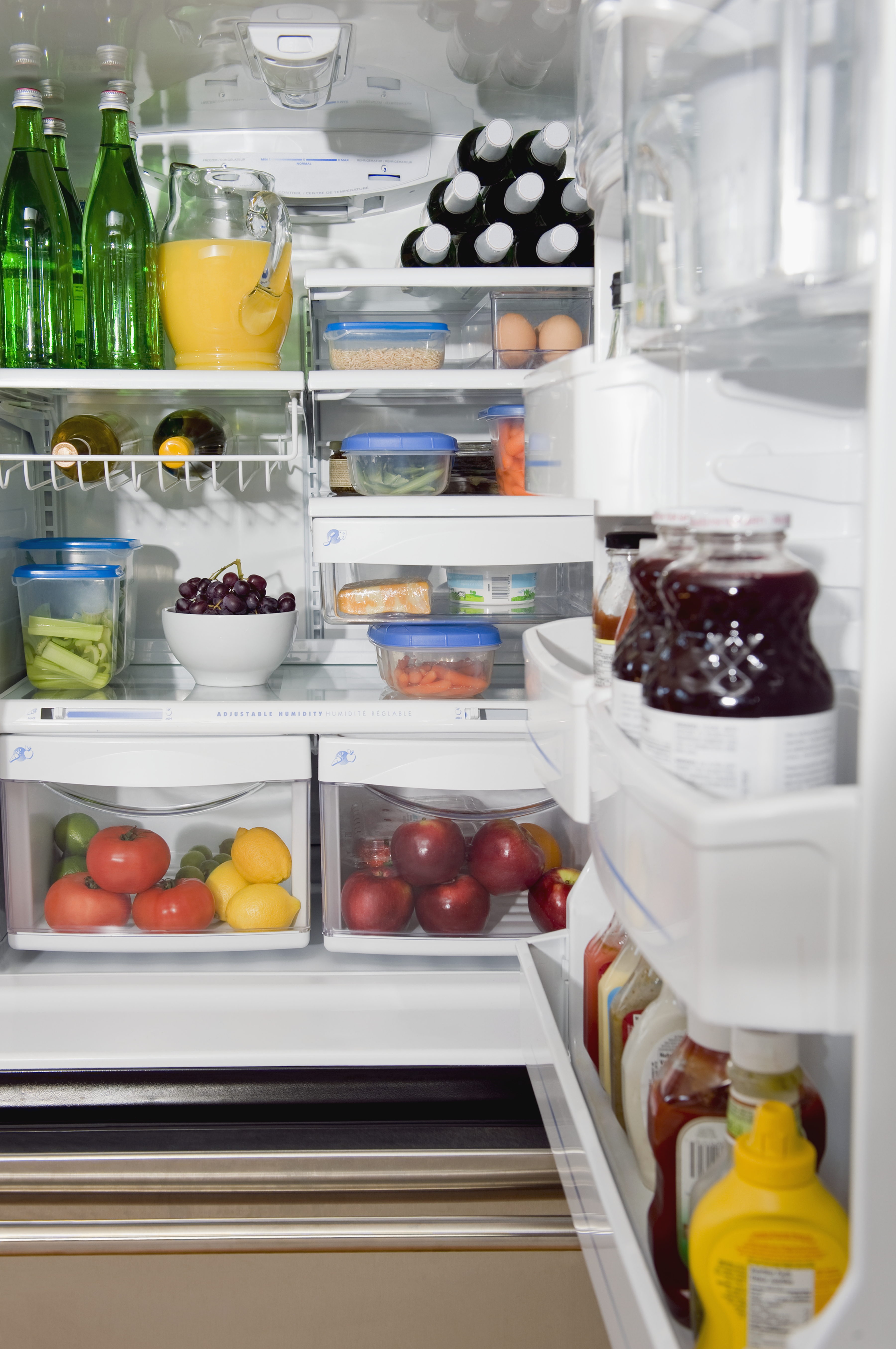
‘Zoning is a key strategy for maintaining order,’ Heather tells us. ‘People with organized fridges never disregard zoning principles, ensuring that similar items are grouped together for easy access and visibility.’
There are different ways to zone a fridge, and even if you don't have a fridge organizer for each and every food you can create areas for certain products, ‘Instead of having to hunt for one specific item, you’ll know to check the dairy drawer, or the veggie drawer,’ says Amanda Wiss, founder of organizing company Urban Clarity. ‘Putting groceries away any which way makes it harder for your family to interact with the fridge, as well.’
6. Leave spills
Spills left unattended can lead to sticky messes and unpleasant odors in the fridge. Wiping up spills immediately, prevents bacteria growth, maintains a clean environment, and extends the lifespan of perishable foods.
7. Not pay attention to expiration dates
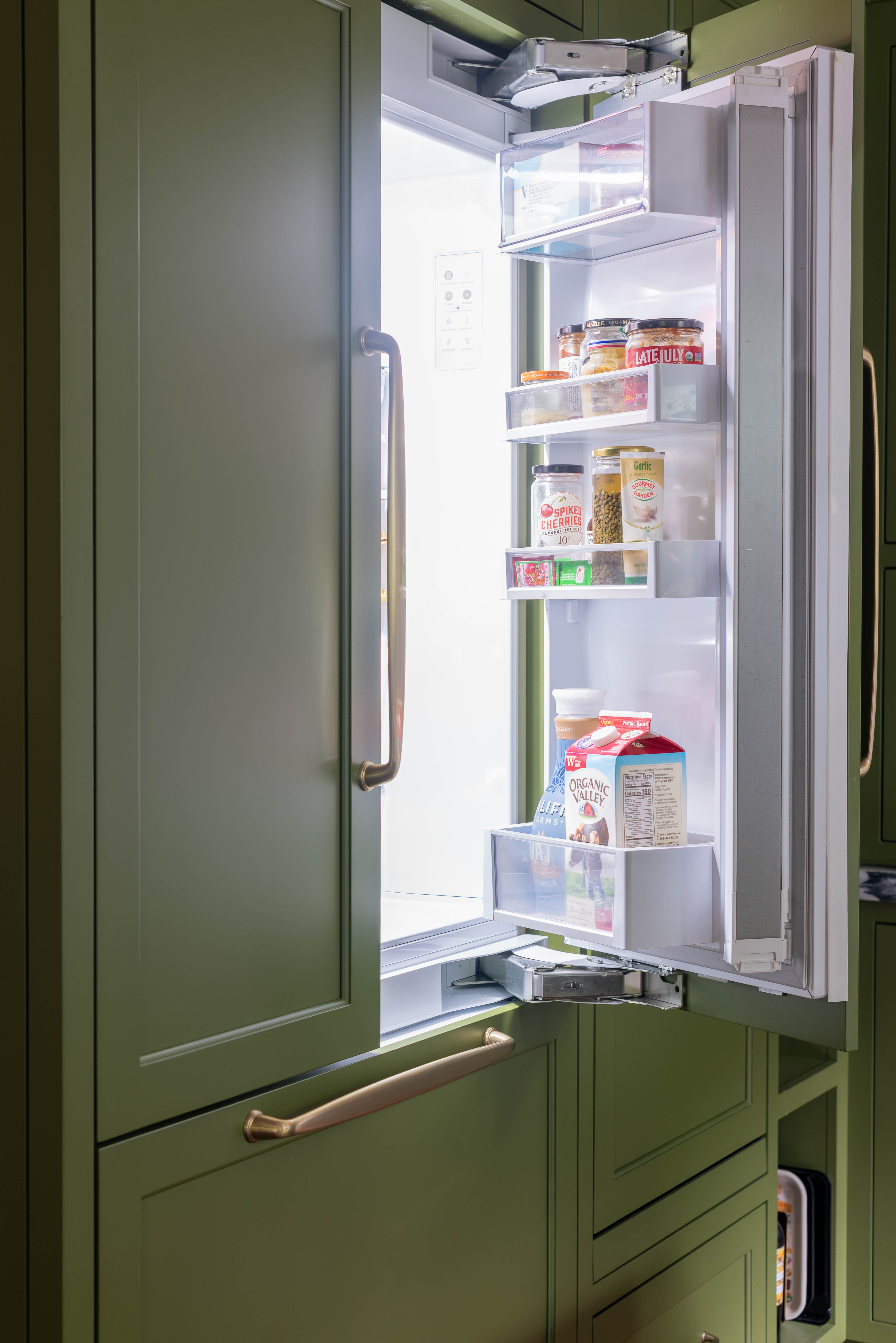
Paying attention to expiration dates is essential. ‘It’s a good habit to regularly check and discard items that are past their prime to ensure a fresh and safe food supply,’ Heather recommends.
8. Buy too much food
When you're perusing the isles of your favorite gourmet market or stocking up at a big box store, it's easy to buy more perishables than you need. And it's even easier to buy more than you have room for.
‘Before you go shopping, take a quick photo of the inside of your fridge and of what’s in the door,' Karen Latch O'Keeffe, professional organizer and owner of Organize It! suggests. 'It will help you remember what you don’t need and what you don’t have room for.’
9. Put items in uncovered
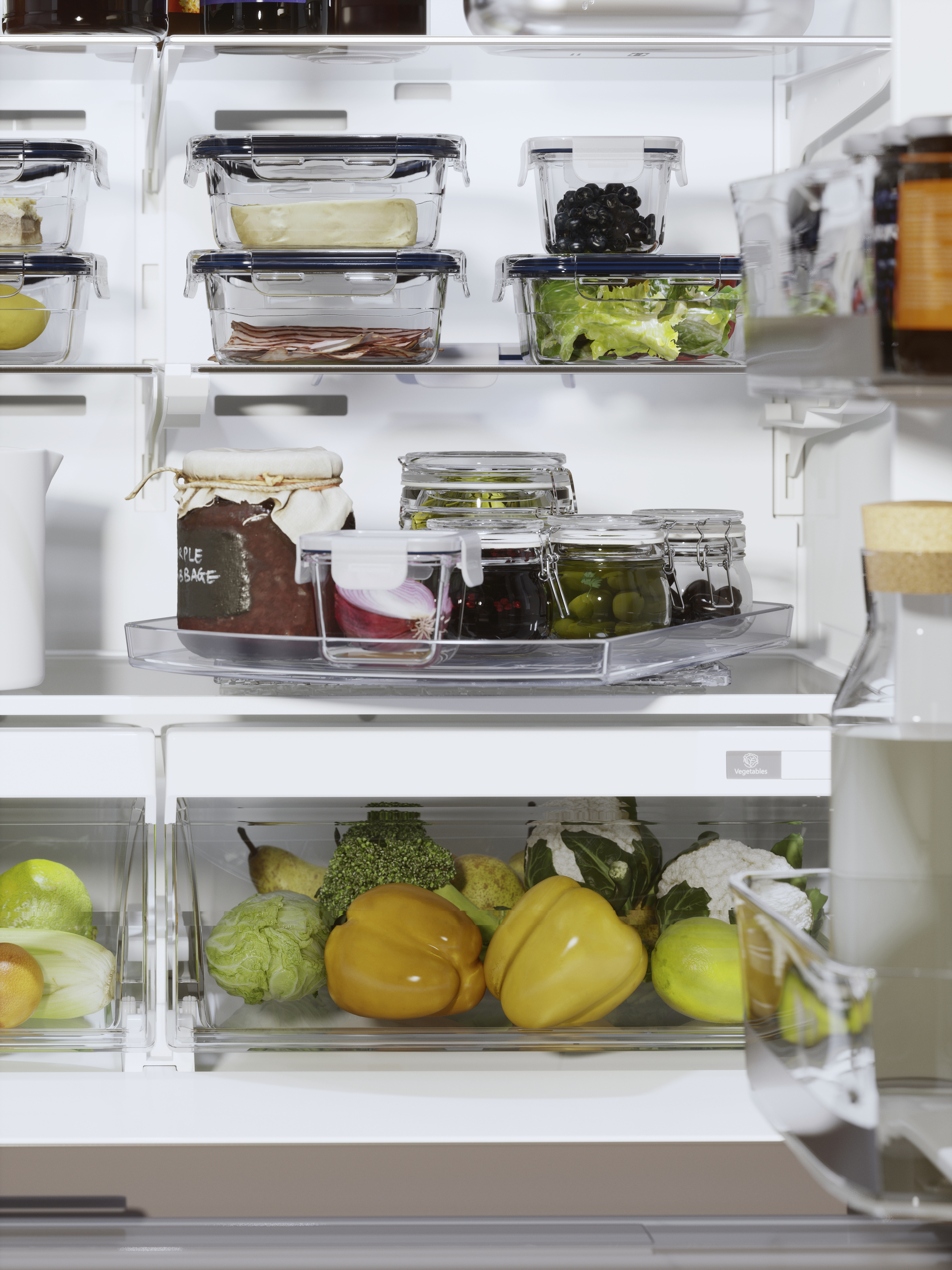
If there’s an uncovered glass of juice in front and center of the fridge, you can just about guarantee when you reach in to grab something, you’ll soon be cleaning up a sticky mess. Not only that, but uncovered foods and drinks absorb the odors from the fridge. ‘Dairy items, like that partial stick of butter or half-eaten cup of yogurt, are particularly vulnerable,’ says Karen.
10. Put away messy packaging
To save yourself from having to scrape a congealed mess from the shelves, always give a cursory glance at the items you're returning to the fridge. If you spot anything runny or sticky, give it a quick rinse under hot water to avoid a mess to clean up later.
11. Neglect labels
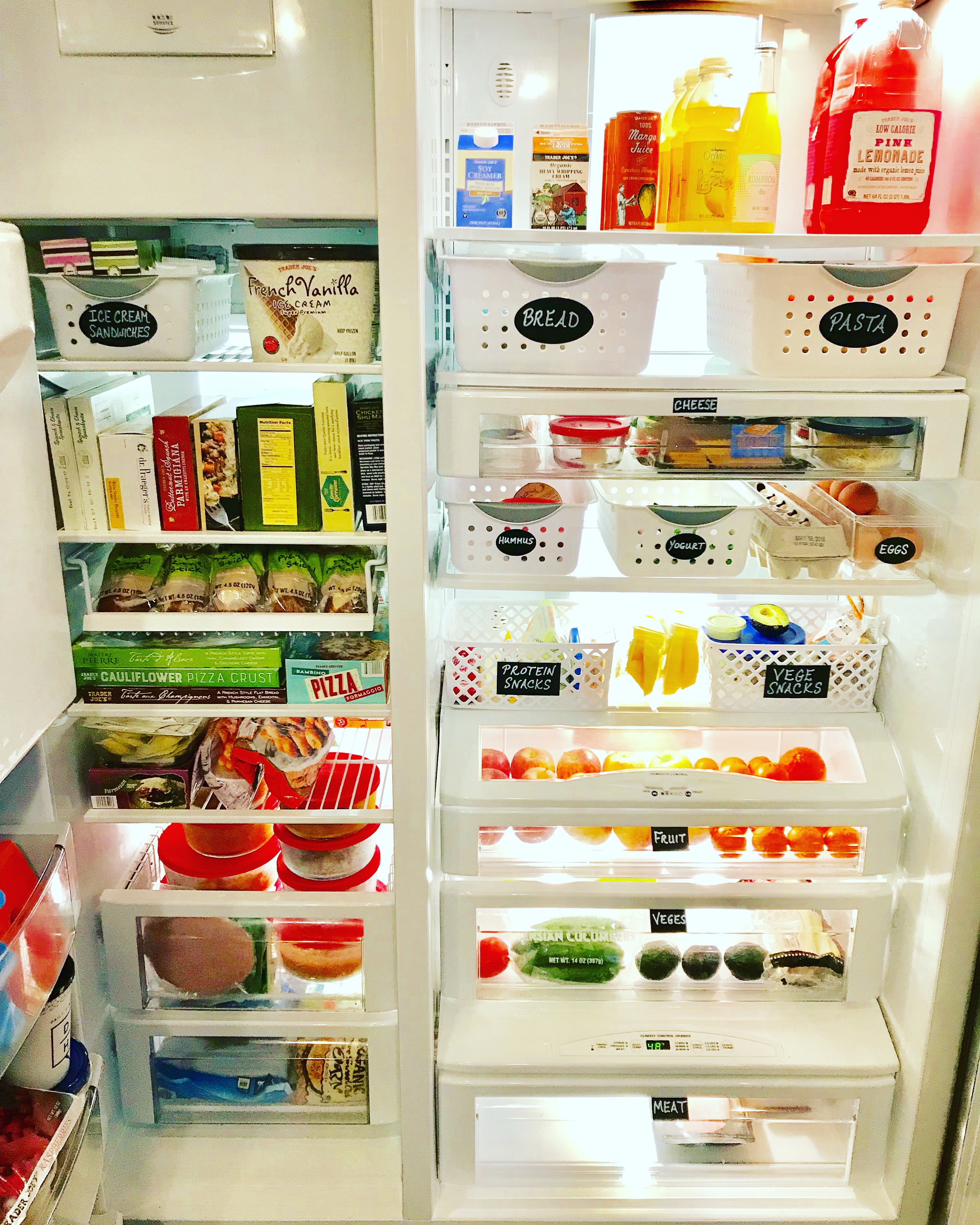
Labeling is crucial for maintaining an organized fridge. People with organized fridges never neglect to label items, especially leftovers and perishables, to avoid confusion and waste. Use pre-printed fridge labels, like these from Amazon, or make your own with simple sticky labels.
By steering clear of these bad habits, you can create and maintain a well-organized fridge that supports efficient meal planning, reduces food waste, and provides a visually pleasing and functional space. Be sure to clean out your fridge at regular intervals and be as efficient as possible to avoid waste.







